by Adam Grybowski
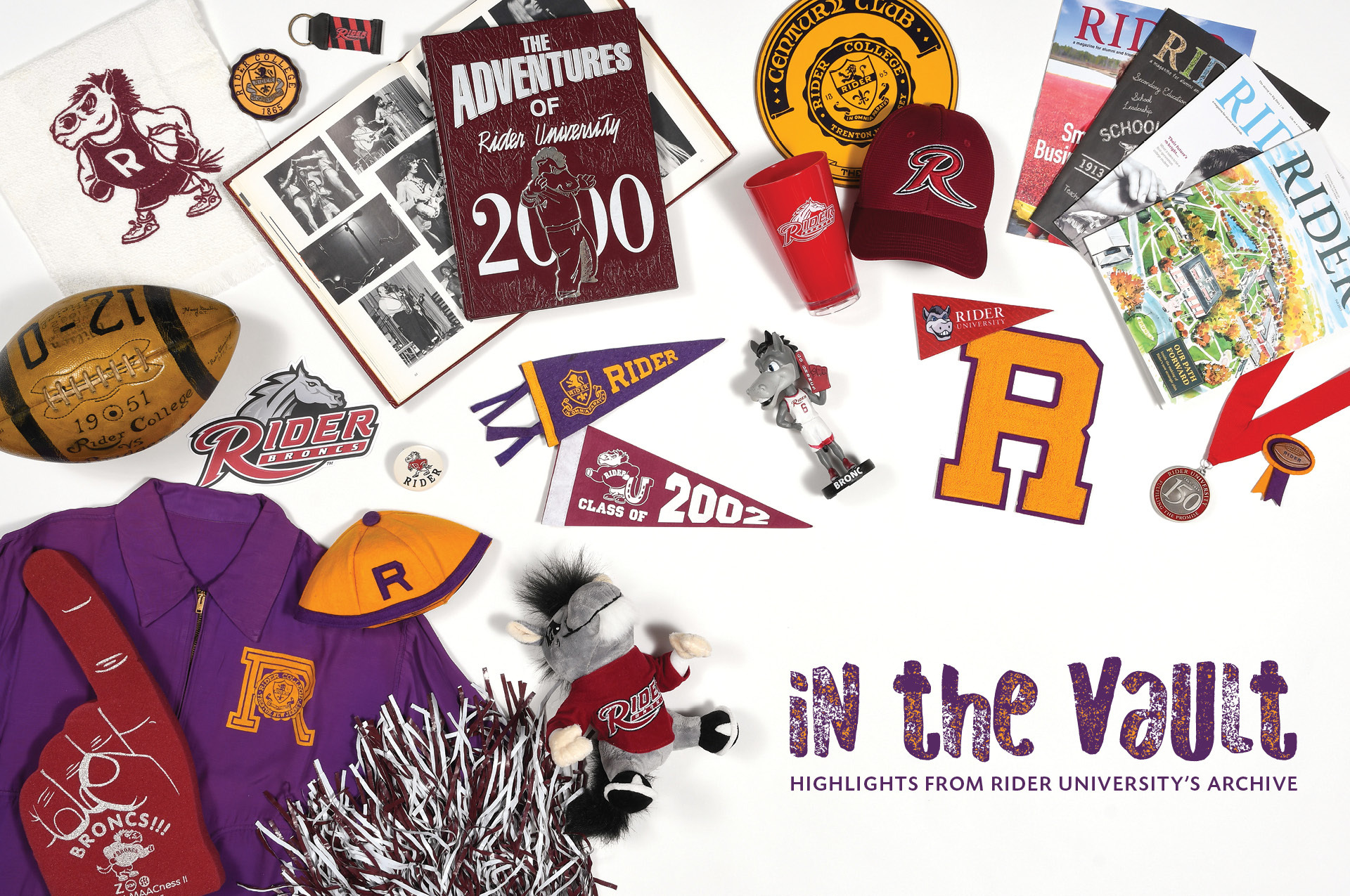
Rider University’s archive, composed of some 30,000 items, dwells under the roof of Moore Library. There are letters and photos, advertisements and brochures, diplomas and documents. The oldest item is from 1866, a page from Harper’s Weekly depicting the local owners of a chain of business schools that formed the foundation of what Rider University is today.
Housed within the archive, which is officially called Riderana, are the University’s special collections. They include groups of noteworthy objects, such as the historic business machine collection and Talbott Library’s Julia A. Perry collection. The latter gathers personal effects related to Perry ’47, ’48, a graduate of Westminster Choir College who struggled to overcome barriers of race and gender during her career as a composer. As the Perry collection shows, the archive occasionally stretches its institutional boundaries to showcase shifting societal mores and cultural conventions, as well as historical moments. Presented here are some highlights from the archive.
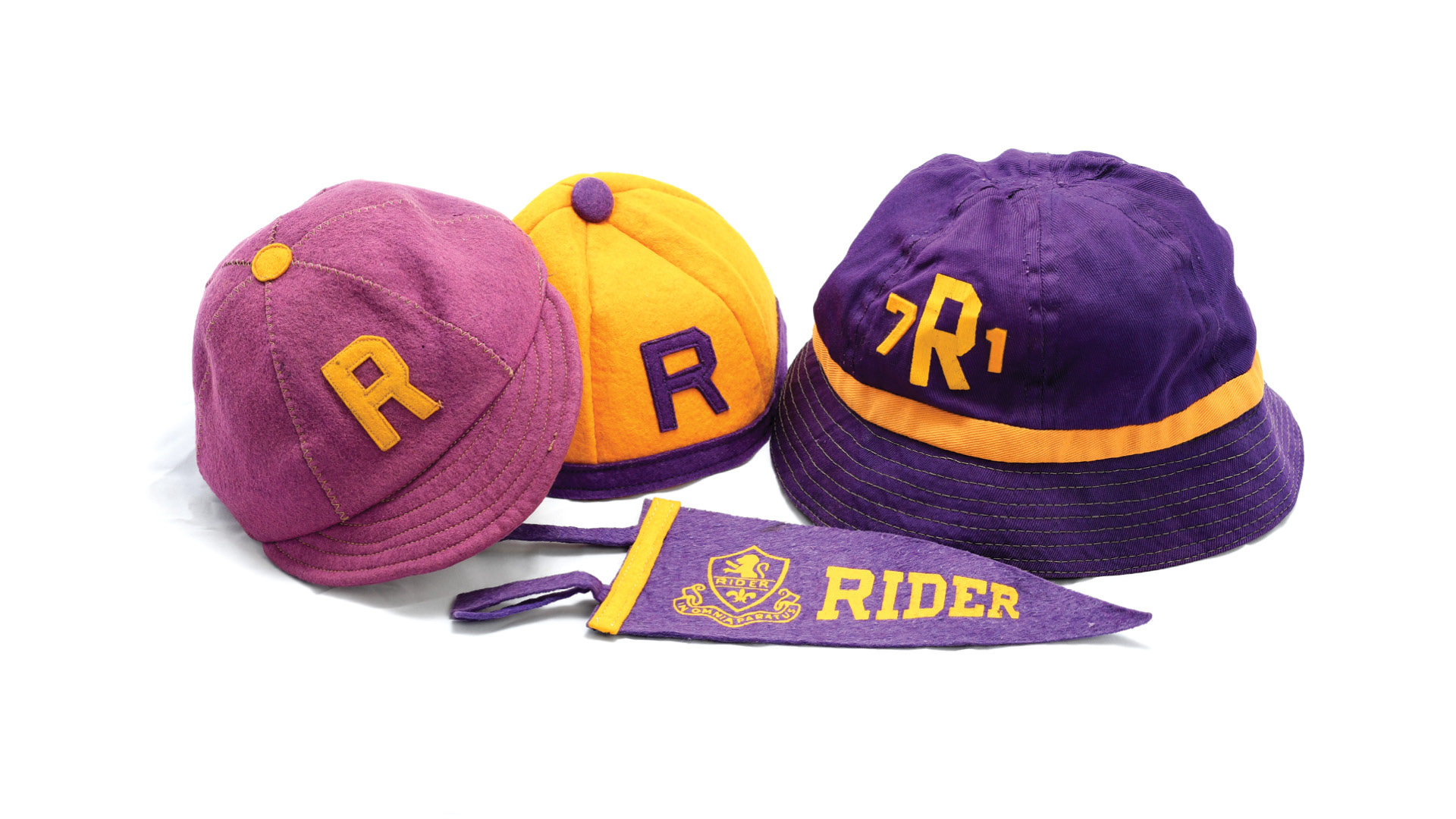
Rider beanies
For much of the 20th century at Rider, student-created regulations mandated all first-year students to wear purple and gold beanies. Students called the caps “dinks.” Their earliest mention on record comes from the 1928-29 student handbook. The tradition was put on hold in 1942 for World War II and wasn’t reinstated until 1950. Dinks continued to be worn until the early 1970s when many changes were made to student regulations regarding dress, visitation and socializing. The last beanie in Riderana is from 1971.
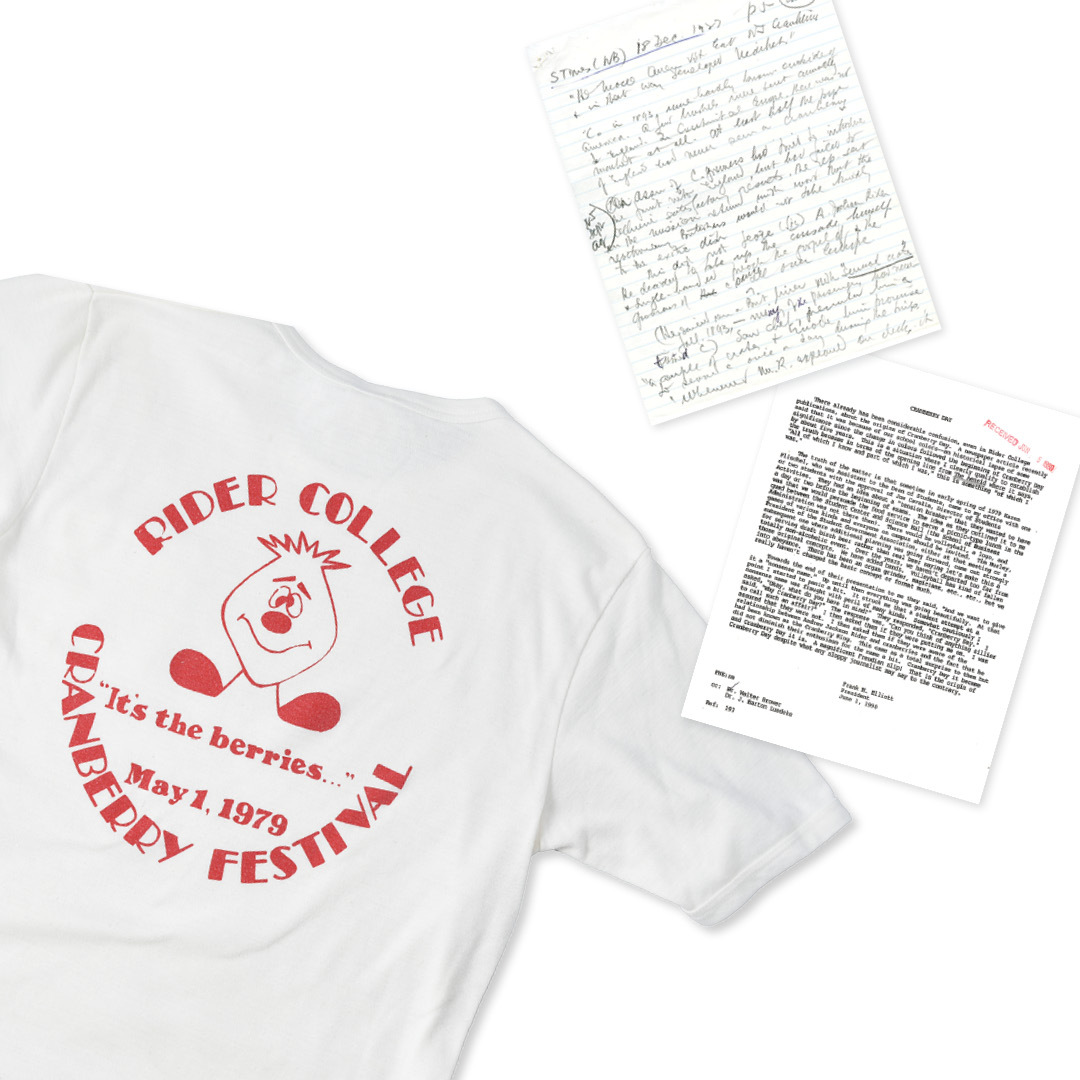
Cranberry Fest memorabilia
Cranberry Fest began life as “Cranberry Day” on May 1, 1979. Since then, the event has been held on campus every year (except 2020 because of the coronavirus pandemic). Today, it is a way to celebrate Andrew J. Rider, the University’s namesake. Dr. Frank N. Elliot, who served as Rider’s president from 1969-90, claimed in a 1990 letter that the students who first proposed the event had no idea Rider was a cranberry grower when they suggested the name. Riderana is replete with other Cranberry Fest memorabilia, including buttons, pins, pennants and T-shirts, such as this one from the original event.
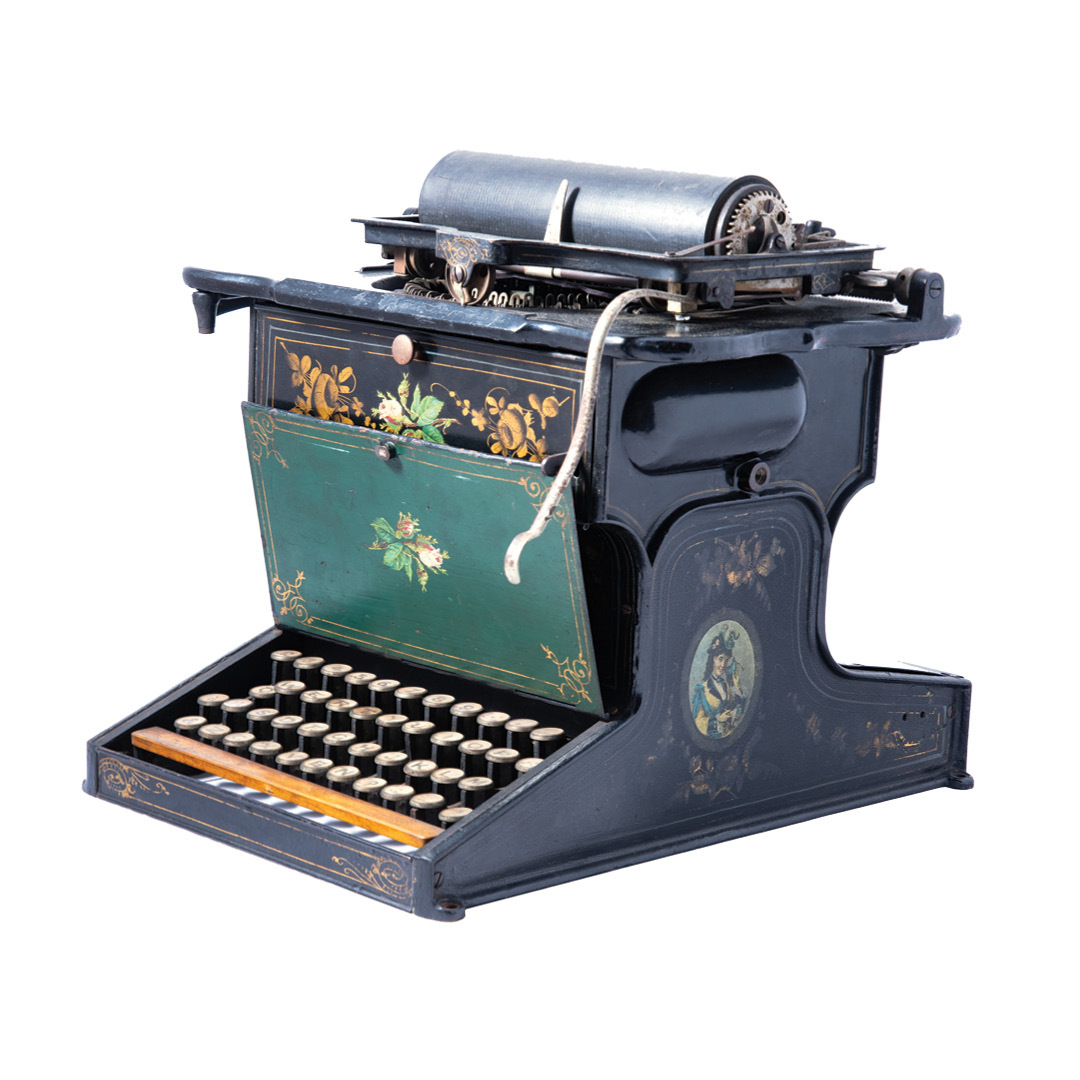
Business Machine Museum
More than 200 typewriters, computers, stenography machines and other forms of technology make up Rider’s Business Machine Museum, located in Moore Library. The items reflect the University’s earliest roots as a business school that taught shorthand and typing. Among its crown jewels is this 1874 Sholes and Glidden model, the fourth oldest typewriter of its kind in the world and the model that created the now familiar QWERTY keyboard. It became one of the first typewriters to find commercial success.
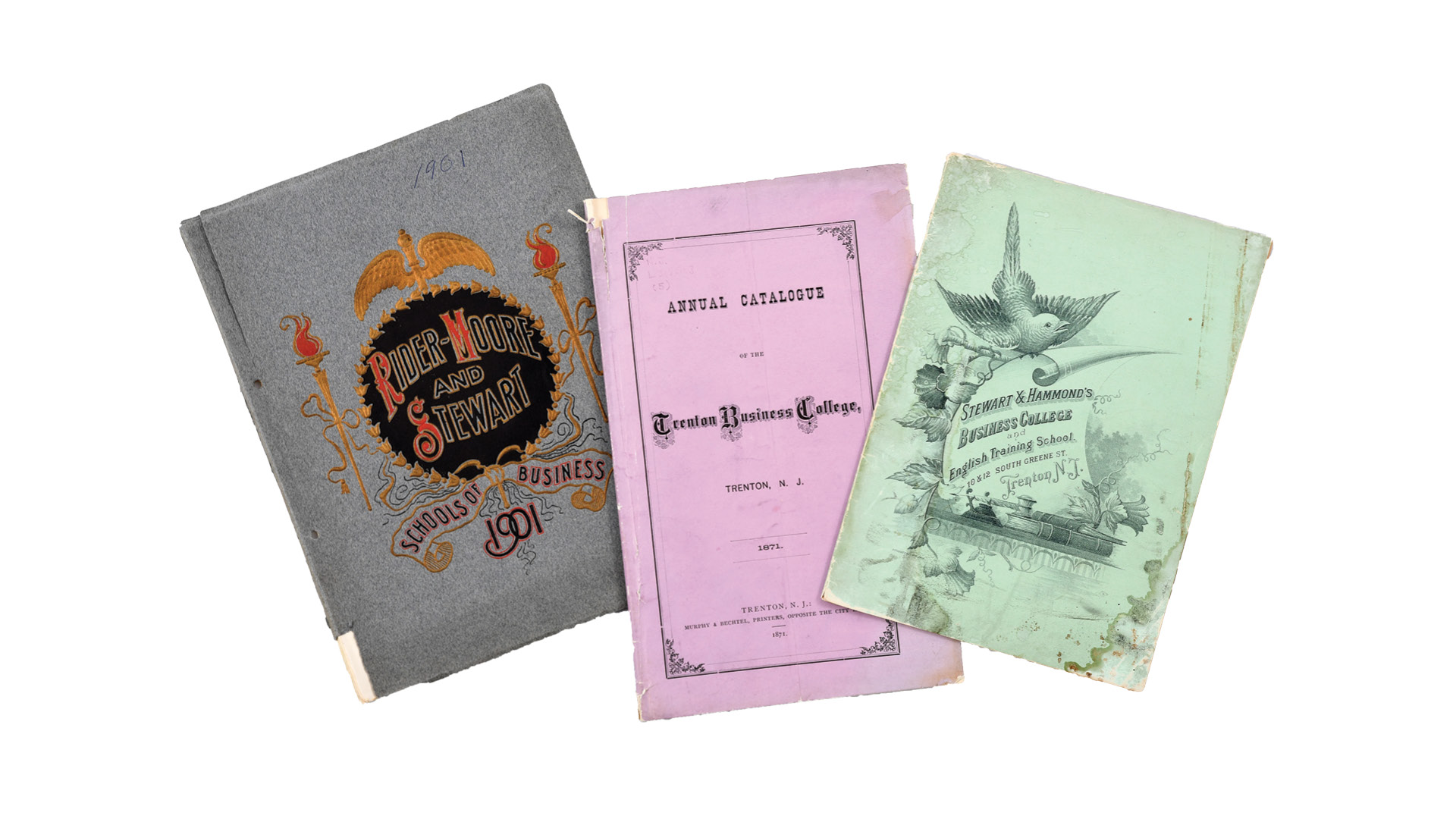
Early course catalogs
Rider’s earliest course catalogs served as advertisements. Even in the 19th century, testimonials were used to instill confidence in potential buyers, as evidenced by Alpheus Swayze, a banker, who was quoted in the 1871 catalog as saying, “I am acquainted with your institution, and can speak with confidence of its merits.” This same catalog also prints the names of graduates from the Class of 1870, listings of faculty and courses (among them: penmanship, correspondence and commercial arithmetic), rules and regulations, and tuition rates ($40 for six months of instruction).
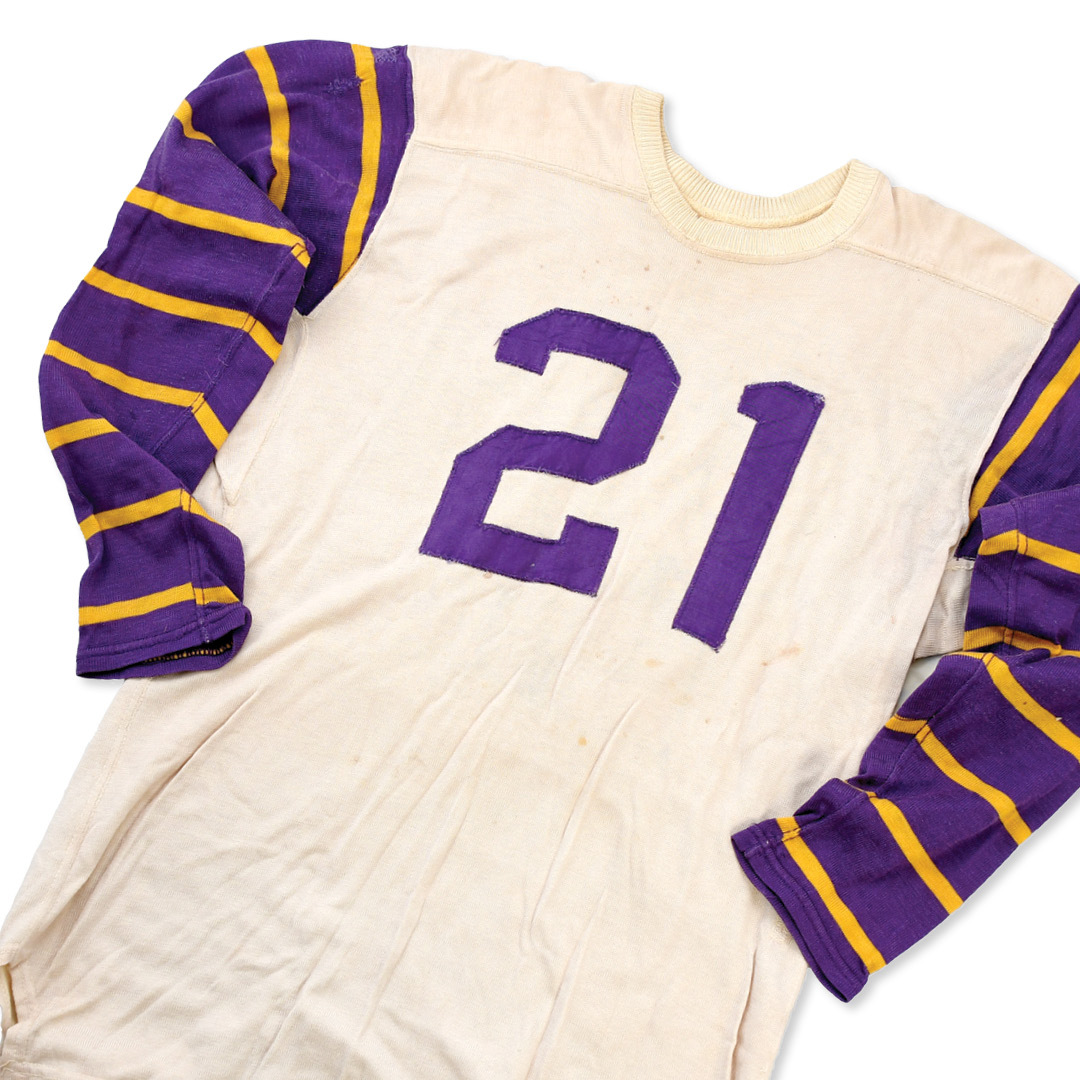
Harry Gamble '52 football jersey
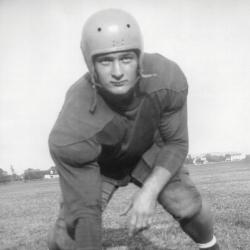
Rider Athletics may never have fielded a football team in Lawrenceville, but back when the institution was located in Trenton, student-athletes took to the gridiron, off and on, for several seasons during the 1920s to play against high schools and other local teams. Rider’s football squad played its first intercollegiate game in 1928 under Coach Clair Bee ’29, the founder of intercollegiate athletics at Rider. This No. 21 jersey was worn in 1950 by Harry Gamble ’52, a team leader who went on to become general manager and president of the Philadelphia Eagles. The following year, the program was cut indefinitely because of expenses
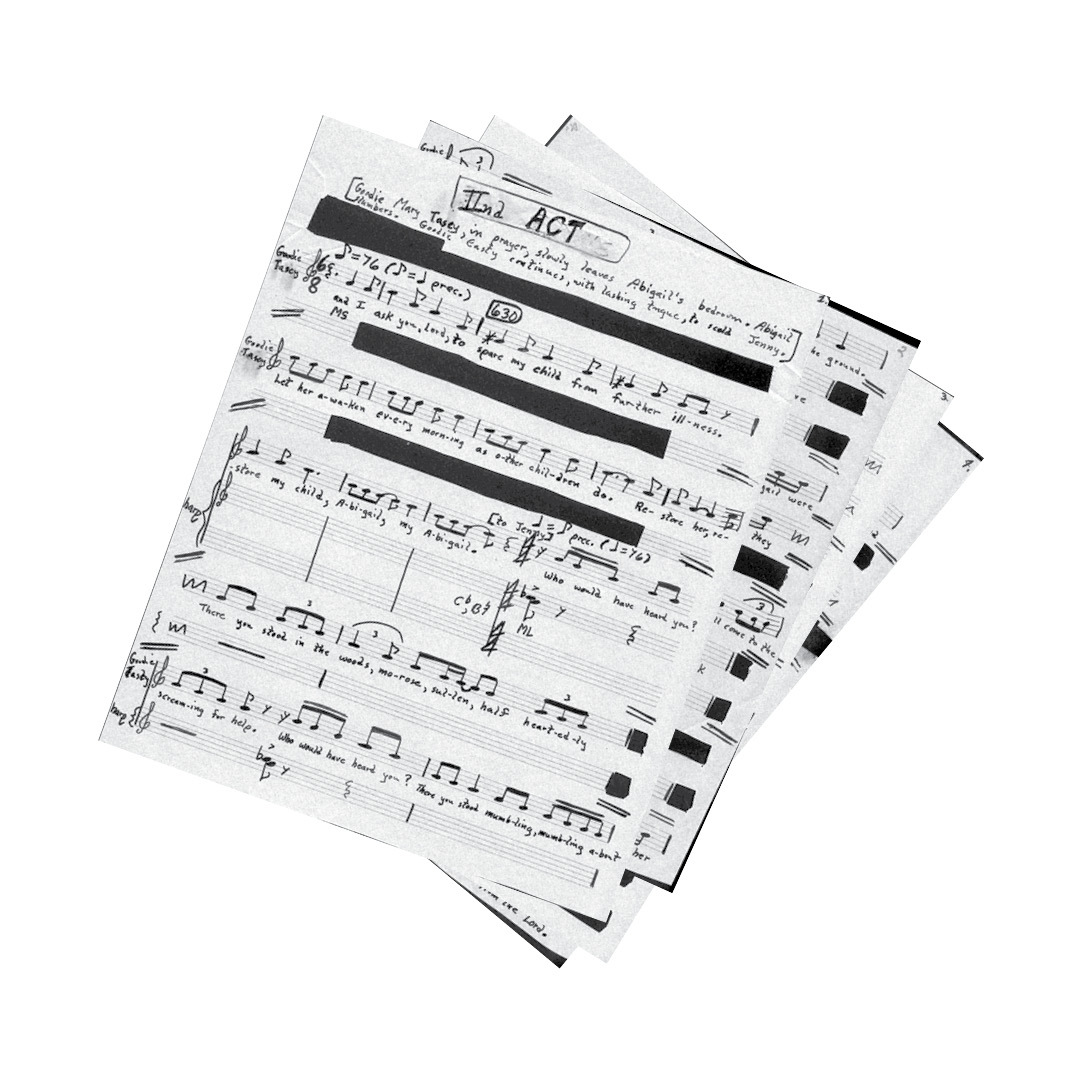
Unfinished opera manuscript page
As a composer, Julia A. Perry ’47, ’48 created music for full orchestra, band, solo voice and more. She also began this unfinished opera, the full manuscript of which is stored in Rider’s archive. In the 1950s and ’60s, Perry, a Black woman, gained recognition as a talented composer. Her works were performed by the New York Philharmonic and other orchestras. She won many awards for her work, including a Guggenheim Fellowship and the National Institute of Arts and Letters Award.
